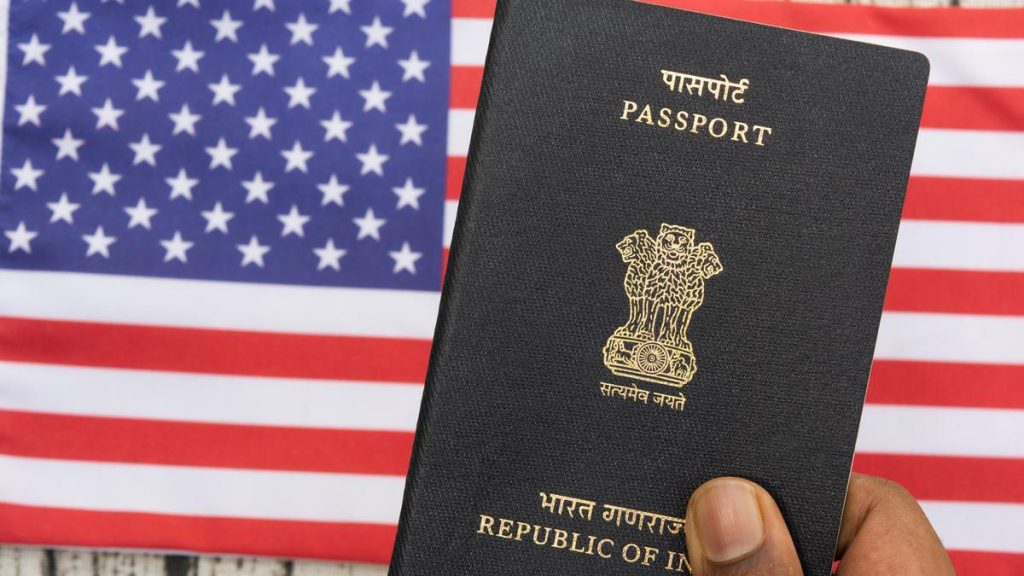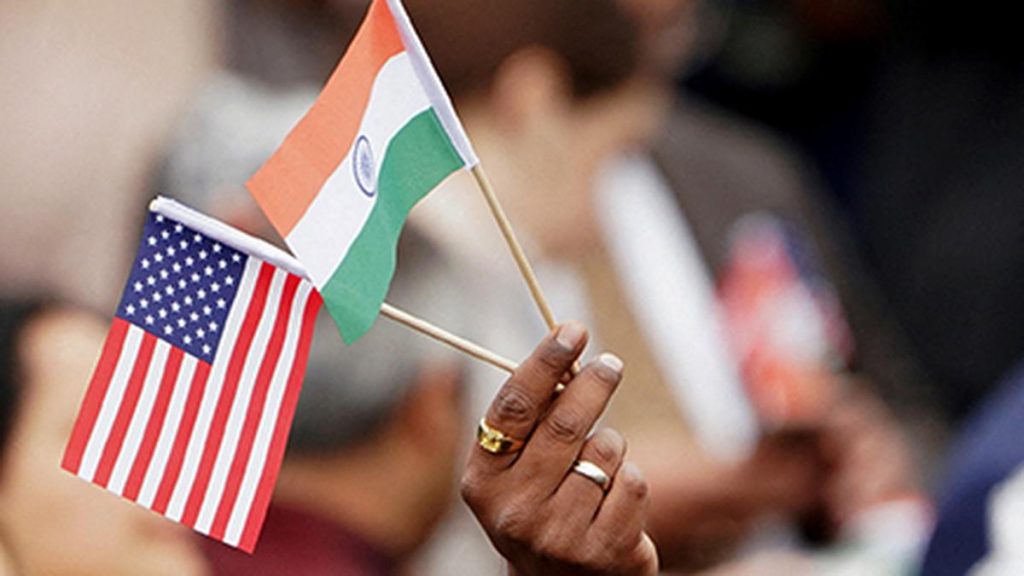Now Reading: How Brands Use Psychology to Shape Your Choices
-
01
How Brands Use Psychology to Shape Your Choices
How Brands Use Psychology to Shape Your Choices

Rapid Summary:
- Modern brands employ behavioral economics and neuro-marketing techniques to influence consumer decisions.
- Decoy Effect: Pricing strategies like multiple subscription options nudge users toward profitable choices, evident from The Economist’s model.
- Scarcity Timers: Websites (e.g., booking.com) use urgency cues (“Only 2 rooms left”) to exploit loss aversion psychology, increasing impulsivity.
- Anchoring Bias: Consumers react to reference points (e.g.,inflated discounts),showcased by JCPenney’s failed “fair pricing” initiative.
- Color Psychology: McDonald’s uses stimulating red and yellow tones for fast food appeal; othre industries adapt colors for specific psychological effects.
- “Free” Offers: Strategies like free shipping thresholds manipulate purchasing behavior by prioritizing perceived savings over true needs, such as Amazon’s $25 minimum policy.
- Personalized Recommendations: Platforms (Netflix, Spotify) curate suggestions not entirely tailored but optimized for retention or seller profitability.
- Social Proof Manipulation: Star ratings on Amazon often rely on incentivized reviews that subtly influence purchases through herd mentality dynamics.
- Default Settings Abuse: Services like Facebook use preselected intrusive settings knowing most users won’t opt out due to convenience inertia.
- Gamification Techniques: Reward programs such as Starbucks’ turn mundane behavior into addictive loops through progress rewards akin to games.
- Minimalist Design Fraud: Scam sites copy Apple-like aesthetics leveraging user trust in clean design standards.
Indian Opinion Analysis:
The strategies mentioned illuminate how global corporations harness psychological tactics-not just creativity-to engage consumers effectively. For India,understanding these practices is crucial in two contexts: consumer awareness and ethical advertising regulation.India’s burgeoning middle class increasingly engages with digital platforms influenced by such tactics-from e-commerce deals pushing unnecessary purchases via “free delivery” hooks to streaming content selectively curated using opaque algorithms aimed at extending viewership time over individual preference accuracy.while these approaches may boost profits or customer engagement, thay risk exploiting vulnerabilities inherent in human decision-making if left unchecked. Regulatory bodies should ensure clarity around personalization algorithms and review manipulation mechanisms such as fake social proofs or misleading urgency signals-a growing concern amid India’s rapid digitization surge.
Consumer education is equally vital; empowering users with critical awareness of dopamine-driving tools like loyalty programs and “scarcity timers” protects them from impulsive buying traps fueled by clever stimuli targeting emotions rather than rational thought progression.India can benefit from using lessons of behavioral economics constructively while balancing ethical innovation against manipulation pitfalls-a task requiring collaboration across businesses without suppressing competitiveness.



























